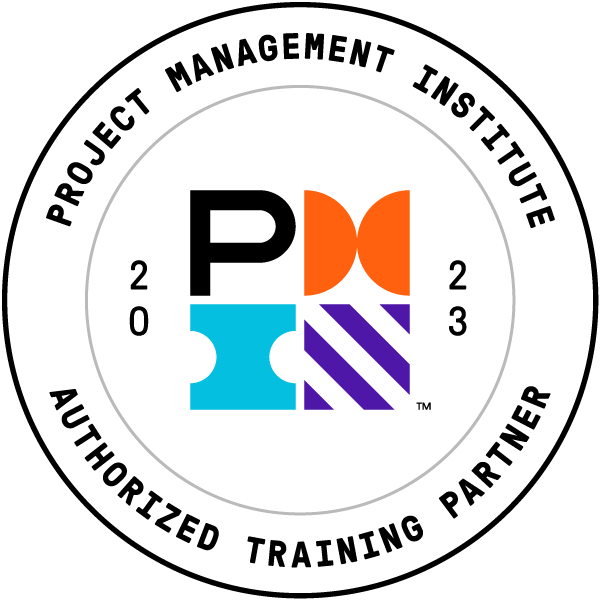Over half of all industrial megaprojects are failures. Get expert insights on how to drive success, no matter your role.
Course Description
Industrial megaprojects are the most challenging projects that we do. When successful, they are also the most satisfying and rewarding projects that we do. Due to their unique challenges, it is imperative that every present and future megaproject director, business sponsor, and team member understands how to generate success. Come learn and discuss what the data on over US$3 trillion worth of complex industrial megaprojects reveal about the root causes of success and failure.
Spend three fun and intensive days learning from industry experts about what makes megaprojects tick. Whether your focus is upstream, downstream, chemicals, renewables, pharmaceuticals, mining, or infrastructure, your time and effort in this seminar will pay off many times over.
Key Benefits
- Understand the critical drivers of megaproject success
- Learn different strategies required for large, complex projects, versus smaller, less complex projects
- Discover the risks for defining and executing megaprojects and risk mitigation approaches
- Understand the project leader’s role in generating successful project outcomes
- Gain insights into different contracting approaches and their effects on outcomes
- Identify the key criteria to select megaprojects that best meet business needs
- Recognize the resourcing needs to effectively manage, plan, and execute a megaproject
- Implement a formal opportunity shaping process to stabilize the project environment
Course Topics
- Outcomes and Trade-Offs
- The Opportunity Shaping Process
- Devising the Shaping Strategy
- Basic Data
- Teams and Leadership
- Organizing Teams for Complex Projects
- Translating Ideas and Data to Scope (FEL 2)
- Preparing to Execute (FEL 3)
- Contracting
- Control of Execution Risks
- Complex Projects and Corporate Governance
Who Should Attend?
This course is intended for individuals with 5+ years of project management experience, those preparing to lead complex projects for the first time, project team members, and business sponsors. Attendees should be familiar with the phased, stage-gated process for project development as well as basic project concepts.
Course Background
All course instruction, presentations, and supplementary course materials are rooted in IPA’s decades of experience evaluating projects and project systems, and conducting quantitative research into capital project issues and trends. IPA maintains a proprietary database with detailed information on hundreds of megaprojects in the petroleum, minerals, chemicals, and power industries. These projects represent an average cost of $3.5 billion (in 2010 terms) and over 80 sponsor organizations. Each project is characterized by over 3,000 attributes that enable IPA to perform detailed analyses regarding the project phases, project management practices, and performance.
How to Participate
View our Public Courses page to find an upcoming course near you or complete the form below to request private delivery for your organization.

